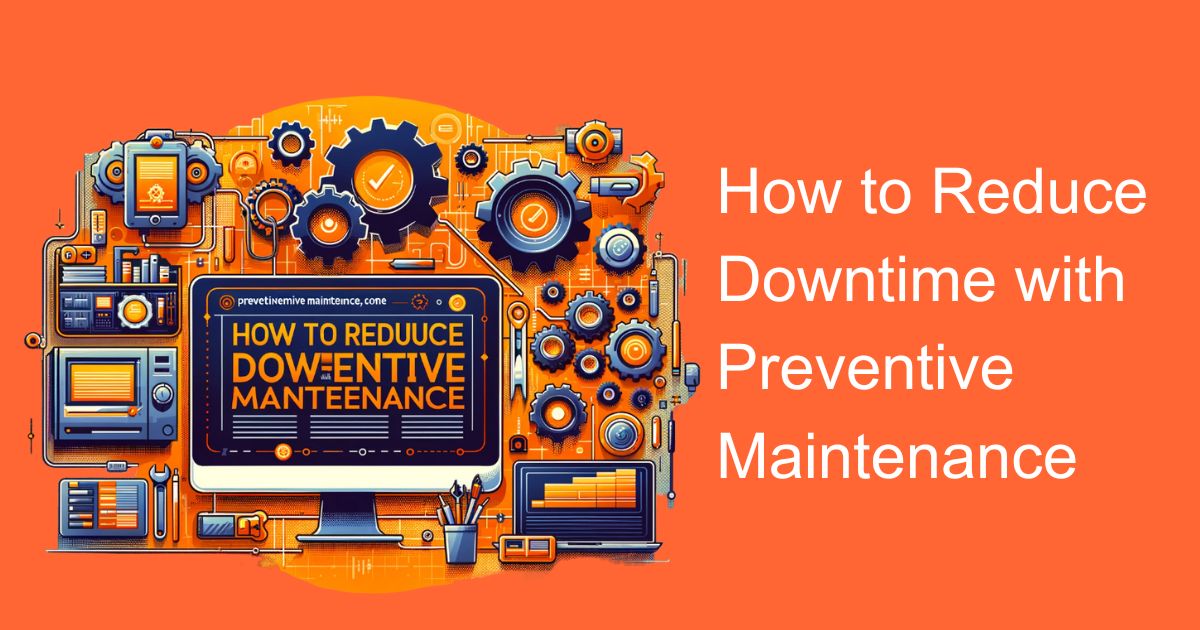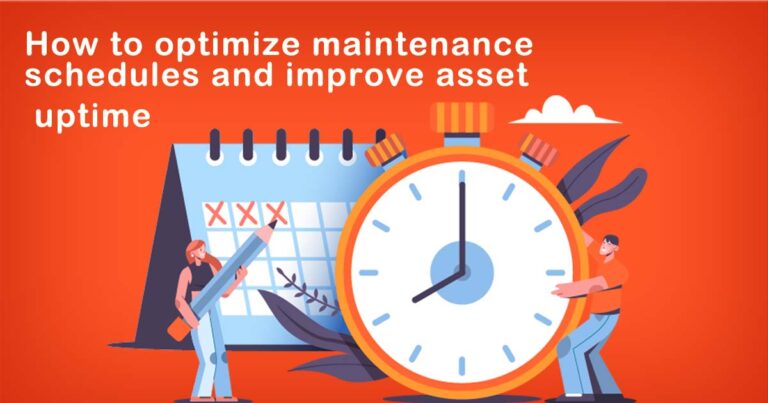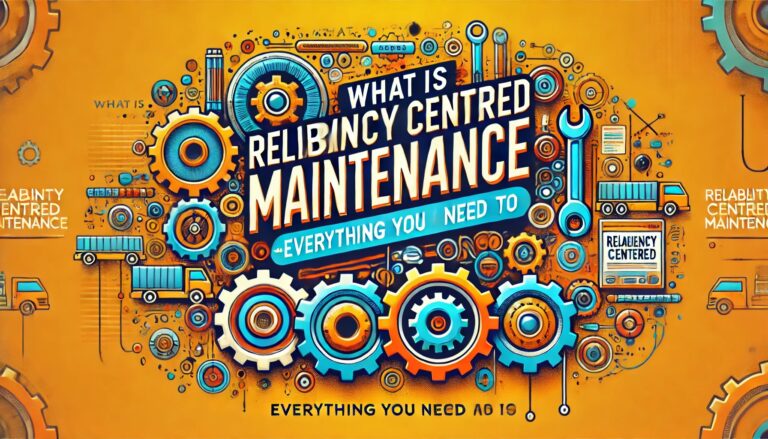Introduction
In the fast-paced world of Indian industries, downtime can be a crippling factor that directly impacts productivity, profitability, and customer satisfaction. Every minute of unplanned downtime can lead to significant financial losses and hamper a company’s reputation. To mitigate this risk, preventive maintenance has emerged as a powerful strategy to keep operations running smoothly. In this article, we will explore how to reduce downtime with preventive maintenance, its importance in the Indian context, and actionable steps to implement it effectively.
Understanding Preventive Maintenance
Preventive maintenance, often referred to as PM, is a proactive approach to equipment and asset management. It involves regular and planned inspections, repairs, and replacements to prevent equipment breakdowns and reduce unplanned downtime. Instead of waiting for something to go wrong, preventive maintenance focuses on identifying potential issues early and addressing them before they cause costly disruptions.
The Importance of Preventive Maintenance in India
Enhancing Reliability and Productivity:
Indian industries, from manufacturing to IT services, rely heavily on machinery and technology. Implementing a robust preventive maintenance program ensures that these assets operate at their optimum level, reducing the chances of breakdowns and downtime. This, in turn, leads to enhanced productivity and efficiency.
Cost Savings:
The cost of unscheduled downtime can be astronomical, not only in terms of repair expenses but also in terms of lost revenue. Preventive maintenance helps companies avoid these unexpected costs by keeping equipment in top working condition.
Competitive Advantage:
In a highly competitive market like India, where every second counts, companies that can consistently deliver on their promises and meet customer demands have a significant advantage. Preventive maintenance helps in meeting production targets consistently, leading to customer satisfaction and loyalty.
Safety and Compliance:
Many industries in India are subject to strict safety and environmental regulations. Failure to comply can result in hefty fines and reputational damage. Preventive maintenance ensures that equipment meets safety standards and helps in maintaining compliance.
Steps to Implement Effective Preventive Maintenance
Asset Inventory:
Begin by creating a comprehensive list of all assets and equipment in your facility. This inventory should include details such as make, model, purchase date, and maintenance history.
Risk Assessment:
Assess the criticality of each asset to your operations. Identify which equipment is most essential and prioritize maintenance efforts accordingly.
Develop a Maintenance Schedule:
Create a maintenance calendar that outlines when each asset should be inspected, serviced, or replaced. This schedule should consider factors like equipment age, usage patterns, and manufacturer recommendations.
Standard Operating Procedures (SOPs):
Develop standardized procedures for maintenance tasks. These SOPs should detail step-by-step instructions for each maintenance activity, ensuring consistency and accuracy.
Staff Training:
Train your maintenance team on the SOPs and equip them with the necessary skills and tools. Skilled and knowledgeable personnel are crucial for effective preventive maintenance.
Data Collection and Analysis:
Implement a system for collecting data on asset performance and maintenance activities. Analyze this data to identify trends and make informed decisions on adjustments to the maintenance program.
Continuous Improvement:
Regularly review and update your preventive maintenance program based on the data and feedback from your maintenance team. This will help in fine-tuning the program for maximum efficiency.
Vendor Relationships:
Establish strong relationships with equipment vendors and suppliers. They can provide valuable insights, spare parts, and support for your maintenance efforts.
Conclusion
Preventive maintenance is a vital strategy for Indian industries looking to reduce downtime and stay competitive in a rapidly evolving market. By investing in proactive maintenance practices, companies can not only save costs but also enhance their reliability, productivity, and safety standards. It is a holistic approach that requires dedication, but the benefits it brings to the table are worth every effort. In India’s dynamic business landscape, the choice between unplanned downtime and preventive maintenance is clear – the latter paves the way for success and growth.








